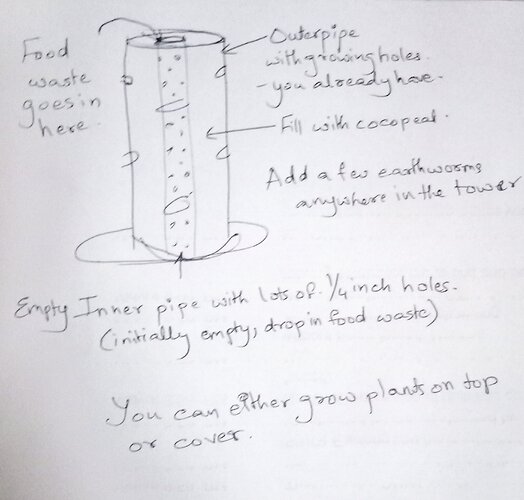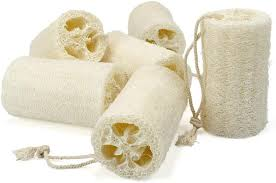You are doing it, so you know the practicability better.
Recycling water seems fine for hydroponics, but I imagine it would lead to high TDS water for aeroponics because of higher evaporation due to mist. Or maybe I am paranoid about TDS because the plants I grow prefer it to be very low.
The higher the TDS of the water, the lesser the life of the pump and nozzles (though it is very long regardless, unlike pizo element). But the nozzles will develop deposits with time that will eventually clog them.
But overall, the closer the TDS of the water is to rainwater (next to nothing), the healthier plants will be and the better they will grow. There is a reason monsoon brings lush greenery even in plants that get water.
What I am saying is that the design problem is not just physical - design, water, pump, sprinkler, etc, but also botanical.
If I were to be running a system like this, I would be providing very low TDS water and then for efficiency, programming the sprinklers so that there is very little waste rather than recycling the waste.
Inside the enclosed tower, evaporation will be very low. Most of the water will just drip down. 15/30 is sounding unnecessarily frequent for the application.
I mist an 8*2 balcony with four nozzles (for high humidity for the plants, not watering/roots). 20 liters of RO water (never recycled) lasts for over two days. 15/30 would be excessively wet even in this big a space that is open to air and breeze.
If the idea of aeroponics is a mist, once the roots are wet, and being wetted again before they get any time to lose moisture, this is almost close to hydroponics, just more expensive. It is just extra and wasted if the roots already have the water they need.
Instinct days the roots would grow even better with some access to air. ‘moist but not soggy’ is a good Mantra for healthy roots, though of course, with aeroponics, the risk is less than that with overwatering. Plus if the goal is low budget, conservative misting will be cost efficient on power.
Not sure if that makes sense in the practical setup you are running. Also I confess I have never done aeroponics.


 .
.